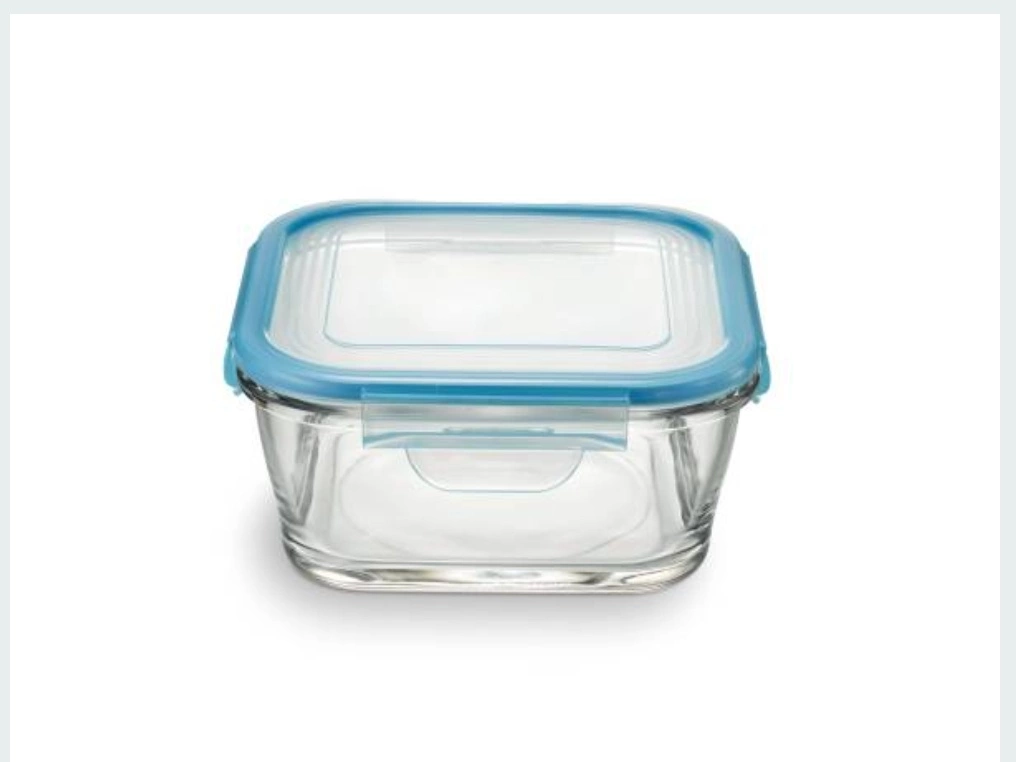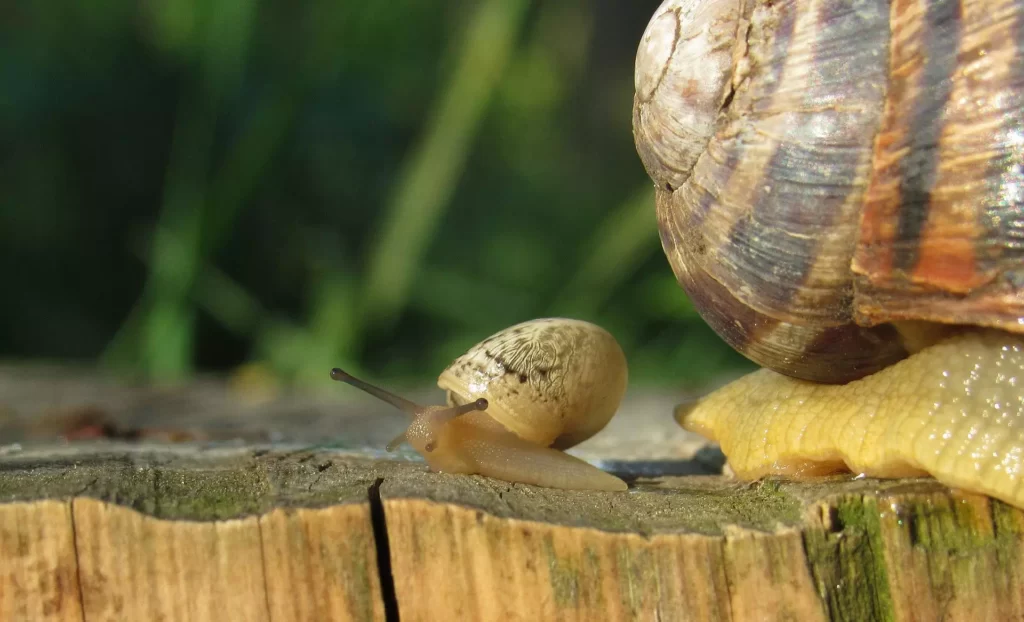How To Hatch Snail Eggs: Complete Guide
Do you want more snails on your snail farm? You are on the right site. In this post, we are going to be giving you a complete guide on how to hatch snail eggs.
Hatching Snail eggs is very easy, no rocket science is attached. This is probably why you only find a few posts on how to hatch snail eggs, are online.
okay before we proceed into how to hatch snail eggs, let’s look at some important things to be noted when hatching snail eggs.
Important Things To Be Noted while Hatching Snail Eggs
Here are some important things to note while hatching snail eggs:
Don’t Touch Snail Eggs With Your Bare Hands
Snail farmers all over the world have reported that snail eggs that have been touched by bare hands don’t survive. Therefore put this into consideration. Snail eggs are the joy of every snail farmer but don’t touch them with your bare hands. The best for carrying snail eggs are plastic spoons..
Snail Eggs Can’t Hatch On Hard Soil
Very soon we are going to be on a step on how to hatch snail eggs that involve Incubation. When using a snail incubator, make sure that the soil for the incubator is not hard at all. As it can kill the young snails while coming to the surface.
Snail Eggs Hatch In 21-35 Days
Many people are disturbed about the gestation period of snail eggs. Some even give up on the eggs, throwing them away at their last days of hatching, thinking that they won’t hatch. Snail eggs hatch within 21 to 35 days. From the 21st day of its laying, snail farmers are expected to be checking for baby snails once or twice a week.
Snails Eggs Need A Little Quantity Of Water To Hatch
Land Snails need soils with a little measure of water. They can’t survive in dry soil and waterlogged soil. For you who are trying to hatch the eggs by yourself, you need at least 15% of water in the soil for hatching to take place. Many farmers use spraying can avoid pouring too much water.
Snails are Intelligent Mothers
Although snails are hermaphrodites, they still have sexes that dominate in character making them different males and females.

When Snails lay eggs, they keep them in clutches and cover them, to enable them to hatch and be protected from predators.
Anyways, some snails are not this intelligent, instead of laying their snail eggs in clutches, they lay them on the surface soil. You now must collect the snail eggs and incubate them so that they will hatch.
Equipment used in Hatching Snail Eggs
Snail hatching is a process and it will need equipment for its success. Below is the necessary equipment you will need in hatching snail eggs.
- Plastic spoon
- Hand trowel
- Tupperware bin/basin and lid
- book and pen
Now let’s move into how to hatch snail eggs, properly.
How To Hatch Snail Eggs
Before we start I want to encourage you. Snail hatching is not hard, just follow the steps below and in no time you will be asking yourself “did I just hatch these beautiful snails I’m seeing?”
1. Collect The Snail Eggs
The first step in hatching snail eggs is to collect the eggs properly. Many people cry “where did I go wrong in hatching my snail” but they don’t know that maybe the failure was caused by how they collected the snail eggs.
Plastic spoons and trays are the best for collecting snail eggs. Don’t use your bare hands to collect the snail eggs. Use a plastic spoon and carefully collect them from the soil in order not to break the eggs.
The purpose of collecting the snail eggs is not for aesthetics but for incubation
After collecting the snail eggs properly, we move to prepare the snail incubator.
2. Prepare The Snail Incubator
It is always a hilarious moment when I hear Snail farmers say they don’t have money to buy snail incubators, speaking as if the snail incubator is one big high-tech machine. Snail incubators are not complex as poultry. Normally you can prepare your snail incubator. All you need is a Tupperware bin that has a lid( perforate small holes on it), soil, and water.

After getting the tupperware bin & lid, water and soil. The next step in making your snail incubator is to soften the soil. You can soften the soil by using your hand to smear the soil breaking the crumbs, some farmers use the hand trowel but the best for softening the soil is your hand since the soil won’t be much.
Now measure the weight of the soil (or estimate if its weight of the soil) into the Tupperware bin, then pour water that equals 15% of the weight of the soil and mix both.
Research has shown that incubators having less or more than 15% water don’t hatch snail eggs well. Snail eggs hardly survive in places like these.
The Tupperware incubators (the one described above) is the best for hatching snails for pets. Commercial snails are hatched in their pens. Preparing a pen incubator has the same process as the Tupperware incubator we just discussed.
Was it easy? You now see the reason why laugh when I hear Some snail farmers lamenting about Snail Incubators. It’s easy like ABC. Wow! It rhymed.
After preparing the snail incubator, the next step is to Incubate the Snail Eggs.
3. Incubate The Snail Eggs
Having prepared your Snail incubator, now you have to incubate the snail you collected earlier.
Remember that all through the process of hatching snail eggs your hands are not to be used except for loosening the soil.
Use a plastic spoon, to fetch out 2 inches of soil from the snail incubator. That means that in essence, you have dug a 2 inches hole. The wideness should be intelligently estimated by you, in a way that the snail egg will size into it.
After that, use that same plastic spoon to carry the egg gently and fit them into the 2 inches holes you made in the snail incubator.
Then gently take the soil you dug out and gently use it to cover the snail eggs. Then cover the lid tightly
After Incubating the snail eggs, the next step is to regularly monitor the hatching process.
4. Record!

In Recording, we need to use a book and pen to record the number and time. You take count and even record the number of snail eggs incubated, the start date of incubation, and the expected date range of hatching.
It is very easy, and it’s best done starting after burying the snail eggs with the 2 inches of soil as spoke of earlier. This recording will help you to know when to take care of the snail eggs.
5. Take Care Of The Snail Eggs
Just like I stated emphatically at the beginning of this post, Snail eggs hatch within 21 to 35 days.
How do I take care of eggs during hatching? You can take care of the snail eggs using the plastic spoon from the 21st day of incubation.
You are expected to check the soil at least weekly or twice a week from the 21st day of incubation.
The purpose of checking the soil is not old to collect the new snails but also to make sure that no young snail gets killed by suffocation in the soil. And this is also the main reason why in step 3 we said we should dig a hole as small as 2 inches, and the soil covering the snail eggs should be 2 inches.
When you notice that there is a marched snail carefully use that plastic spoon not your hands to collect them so that you won’t break the young snail’s tender shell.
Then you move into collecting your baby Snails.
6. Collect the baby snails

By the 35th day of incubation, every snail egg is expected to have hatched. If you check and you find out that some eggs have not hatched on the 36th day, this means that they probably didn’t survive the hatching process and should be thrown away.
Use the plastic spoon and tray to collect the baby snails and then transfer them to their new pen.
At this point treat them like real human babies, and give them all the attention they need. Feed them fresh vegetables, they love it and it’s good for their health and growth. And so that they can grow strong and big shells.
Do read: How To Feed A Snail: What Do Snails Eat And Drink To Grow?
And we are done with how to hatch snail eggs. Isn’t Easy? Let me hear you in the comment section.
Conclusion
How to hatch snail eggs is not hard, you can do it yourself. All you need is to collect snail eggs using a plastic spoon and prepare your snail incubator either using a Tupperware bin.
Mix the soil with 15% water of its mass and fill the Tupperware bin with it. Dig 2 inches hole to the egg widths and bury gently with 2 inches of soil.
Cover the lid. Take records and from the 21st day of incubation start taking care and collecting baby snails.
The conclusion was brief, wasn’t it? It was.
For more interesting content like this subscribe below for notifications of new posts. And also do well to share the link and read similar posts like this for more knowledge on snails and other livestock.
From Eucarlagro.com, we say see you in the next post.


![Easy Ways to Start Mango Farming Business in Nigeria ([year]) Mango Farming](https://eucarlagro.com/wp-content/uploads/2023/11/Mango-Farming.webp)



